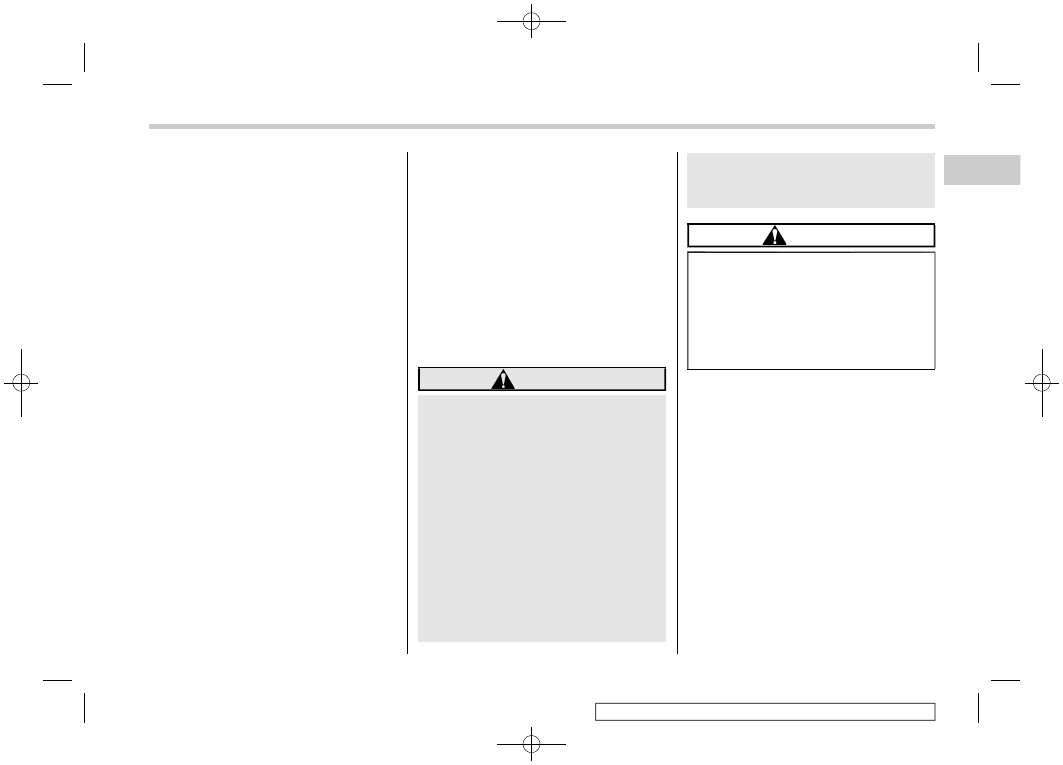Subaru Ascent (2019 year). Instruction - part 5

(67,1)
北米Model "A3200BE-A" EDITED: 2018/ 3/ 5
quickly drawn back in by the retractor to
take up the slack so that the belt more
effectively restrains the seat occupant.
The second-row seatbelt (window-side)
pretensioners include a tension reducing
device which limits the peak forces exerted
by the seatbelt on the occupant in the
event of a collision.
When a seatbelt pretensioner is activated,
an operating noise will be heard and a
small amount of smoke will be released.
These occurrences are normal and not
harmful. This smoke does not indicate a
fire in the vehicle.
Once the seatbelt pretensioner has been
activated, the seatbelt retractor remains
locked. Consequently, the seatbelt can not
be pulled out and retracted and therefore
must be replaced.
&
System monitors
A diagnostic system continually monitors
the readiness of the seatbelt pretensioner
with the ignition switch in the “ON” position.
The seatbelt pretensioners share the
control module with the SRS airbag
system. Therefore, if any malfunction
occurs in a seatbelt pretensioner, the
SRS airbag system warning light will
illuminate. For details, refer to “SRS airbag
system monitors” FP111.
&
System servicing
WARNING
.
When discarding a seatbelt re-
tractor assembly or scrapping
the entire vehicle damaged by a
collision, consult your SUBARU
dealer.
.
Tampering with or disconnecting
the system’s wiring could result
in accidental activation of the
seatbelt pretensioner and/or
SRS airbag or could make the
system inoperative, which may
result in serious injury. Do not
use electrical test equipment on
any circuit related to the seatbelt
pretensioner and SRS airbag sys-
tems. For required servicing of
the seatbelt pretensioner, con-
sult your nearest SUBARU deal-
er.
CAUTION
For the locations of the sensors and
control modules, refer to “Compo-
nents” FP91.
If you need service or repair in those
areas or near the front seatbelt
retractors, have the work performed
by your authorized SUBARU dealer.
NOTE
If the front or side part of the vehicle is
damaged in an accident to the extent
that the seatbelt pretensioner does not
operate, contact your SUBARU dealer
as soon as possible.
– CONTINUED –
Seatbelt pretensioners
65
1
Seat,
seatbelt
and
SRS
airbags